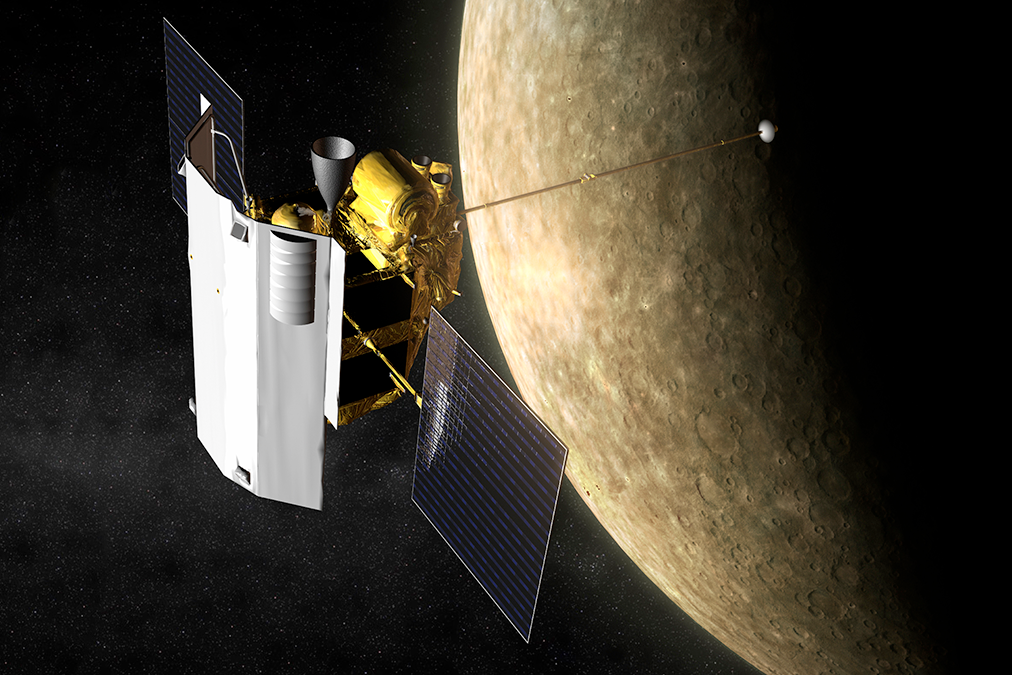In the journals JGR: Planets and JGR: Machine Learning and Computation, BAERI Research Scientist Ariel…
BAERI scientists publish Astrochemistry/Astrobiology review paper in Chemical Reviews journal
BAERI scientists Drs. Michel Nuevo, Partha Bera and two scientists from the NASA Ames Space Science and Astrobiology Division, Drs. Scott Sandford and Timothy Lee, co-authored a major review of astrochemistry and how it relates to astrobiology. The paper discusses the different kinds of chemistry that occur in space, focusing on chemistry that occurs in interstellar dense molecular clouds and protostellar disks.
Despite the generally hostile nature of the environments involved, chemistry does occur in space. Molecules are seen in environments that span a wide range of physical and chemical conditions that clearly were created by chemical processes, many of which differ substantially from those associated with traditional equilibrium chemistry. The wide range of environmental conditions and processes involved with chemistry in space yields complex populations of materials. For example, the elements hydrogen, carbon, oxygen, and nitrogen (H, C, O, and N, respectively) are among the most abundant in the universe and many of these are organic in nature.
Much of this chemistry occurs in “dense” interstellar clouds and protostellar disks surrounding forming stars because these environments have higher relative densities and more benign radiation fields than in stellar ejectae, or the diffuse interstellar medium. Because these are the environments in which new planetary systems form, some of the chemical species made in these environments are expected to be delivered to the surfaces of planets where they can potentially play key roles in the origin of life.
Read the full paper here: https://dx.doi.org/10.1021/acs.chemrev.9b00560




